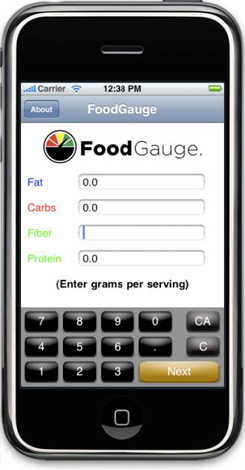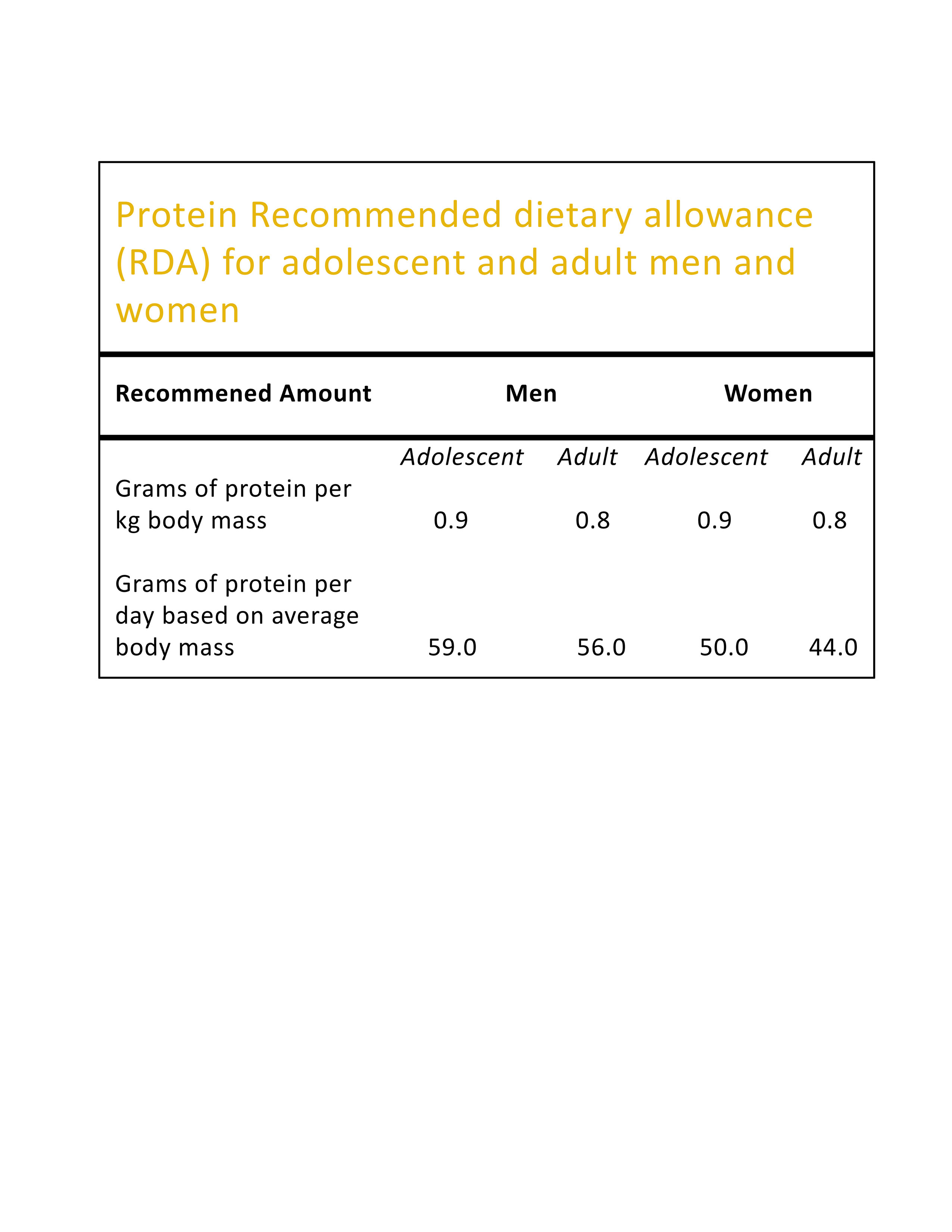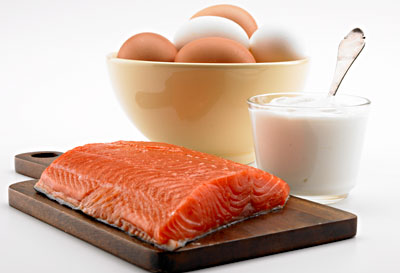Protein is essential for building and repairing muscles. It is important to know how much protein you should consume daily. Here is a simple formula you can use to calculate you protein needs.
2 Steps to Calculate Protein Needs:
1. Calculated your weight in kilograms: body weight in pounds x .45 = body weight in kilograms
2. Multiply weight in kilograms by either 0.8 or 1.0. The result is the grams of protein you should consume per day.
How much protein do I need?
As a general rule, an average person needs .4 grams of protein for each pound of bodyweight. For example, a 185-pound male will need about 74 grams of protein a day. The formula is 185 pounds x 4 grams = 74 grams. If you are trying to put on muscle, you would increase this to as much as 1 gram per pound. It is important to understand that eating too much protein can have a negative effect on the body. Many people don’t understand how easy it is to consume many grams of protein.
Below is a recommended dietary allowance for protein.
|
The Recommended Dietary Allowances of Protein for Selected Groups
(Per lb body weight)
|
|
Infants and Children
|
.9-1.8 grams
|
|
Adolescents
|
.4 grams
|
|
Adult Men and Women
|
.36 grams
|
|
Pregnant Women
|
.36 grams + 9 grams
|
|
Nursing Women
|
.4 grams
|
|
Athletes in Heavy Training
|
.5-.8 grams
|
In most cases you can get more than enough to protein eating your daily meals. Below is a daily eating log and the amount of protein for each meal.
Breakfast: 2 scrambled eggs and 1 slice of bacon contains 12 and 3 grams of protein respectively.
Snack: A small bag of peanuts have about 7 grams of protein.
Lunch: A turkey sandwich can contain up to 28 grams of protein.
Snack: Slice of watermelon has 1.7 grams of protein
Dinner: A 4 oz. chicken breast and just a tpsp. of beans contains up to 30 and 3 grams respectively.
As you can see, a regular menu provides plenty of protein in your diet. In this example, you would consume over 87 grams of protein. There is no need in adding protein from supplements or overeating protein.
Some sources for protein include: meats, fish, eggs, milk, cheese, legumes (beans and peas), and nuts. Below are some common foods that provide you with good sources of protein.
|
Protein Content of Foods
|
|
Source
|
Amount
|
Protein Grams
|
|
Meat
|
1 cup
|
12
|
|
Milk
|
1 cup
|
8 to 10
|
|
Vegetables
|
1 ounce
|
7
|
|
Legumes (beans, peas)
|
½ cup
|
3
|
|
Starches (potatoes)
|
½ cup
|
2
|
 Here is a handy calculator to determine your protein needs. Just follow the instruction below.
Here is a handy calculator to determine your protein needs. Just follow the instruction below. 


 Learning the importance of protein is key to reaching your fitness goals. Protein is essential for building and repairing muscles, red blood cells, hair and other tissues, and is necessary for synthesizing hormones.
Learning the importance of protein is key to reaching your fitness goals. Protein is essential for building and repairing muscles, red blood cells, hair and other tissues, and is necessary for synthesizing hormones.